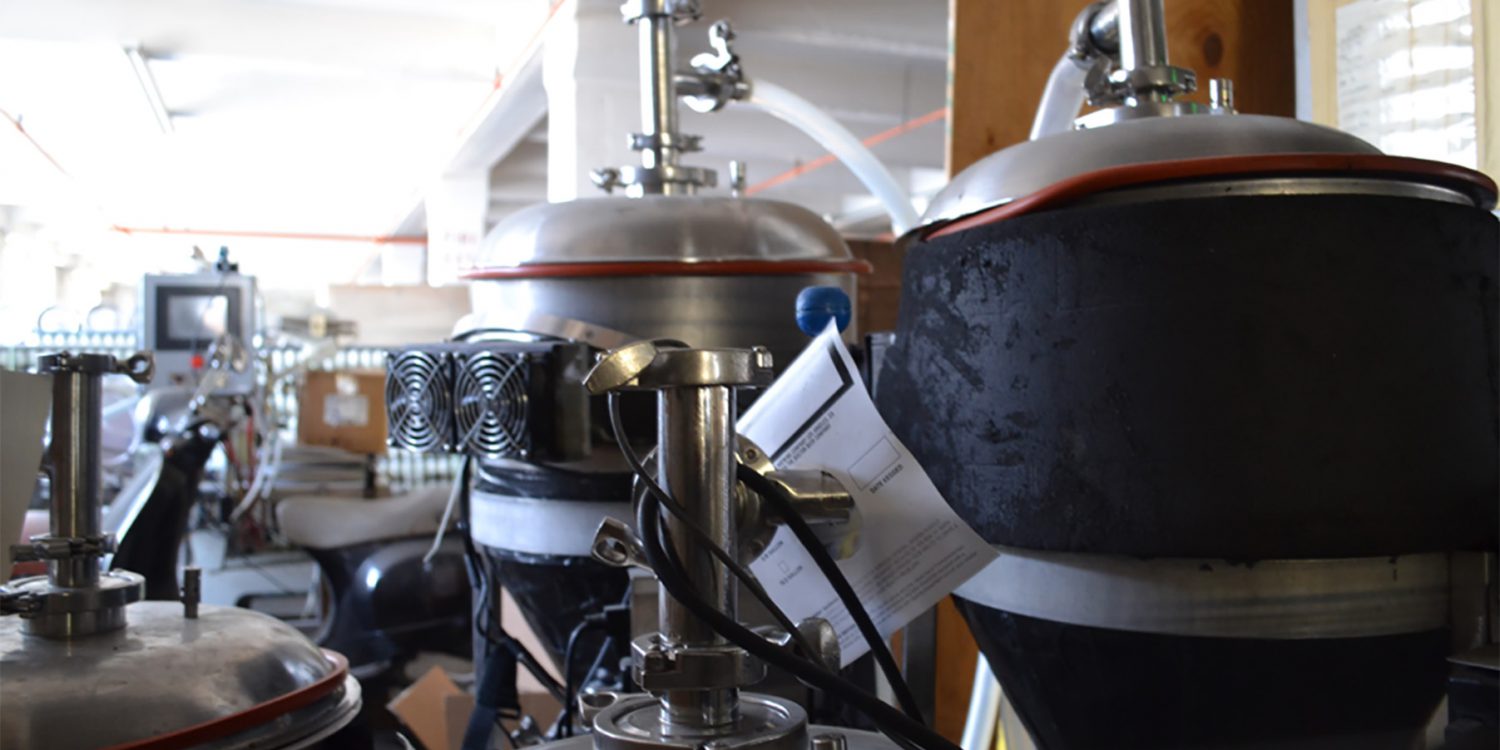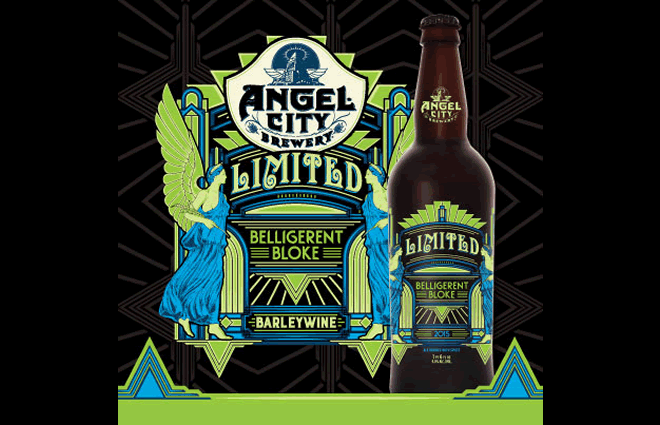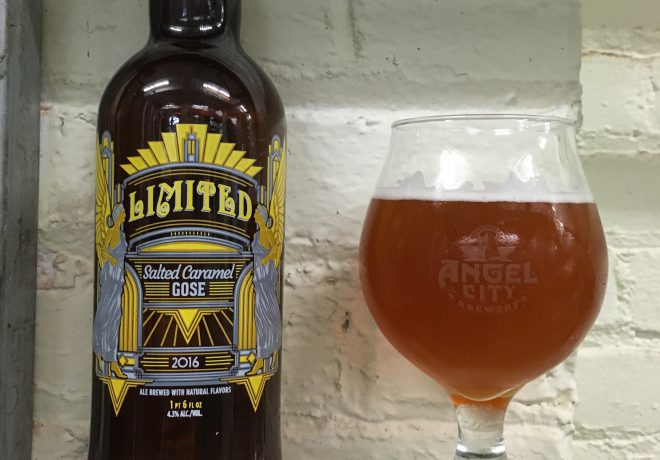

In brewing, there are two main segments of our workspace. On one side, you have the brewhouse, also known as the “hot side.” This area contains many of the pieces of brewing equipment you probably think about first – the brew kettle, the mash tun, and a shitload of pipes. It’s where the actual brewing takes place.
But on the other side is where the magic happens. This is the area known as the “cold side,” or the cellar. It only has one piece of equipment in in it, but it has a lot of them. And that is the most important piece we have – the fermentor.
The fermentor is where the actual fermentation takes place – where it’s converted from sugary wort to bubbly beer over the course of a couple of weeks, as yeast slowly eat through it and metabolize the liquid. It’s not a complicated item – essentially, just a very large bucket – but keeping the environment controlled is the key to making good beer.

Nearly all modern fermentors are made of stainless steel, which ensures that the liquid is in a sanitized vessel that won’t contain any bacteria that would compete with our yeast and give the beer strange flavors. They’re also temperature controlled, which is important because yeast is remarkably sensitive to changes in heat. Too hot, and the beer will end up tasting like an old band-aid. Too cold, and you may cause the yeast to go dormant too early – resulting in overly sweet, minimally alcoholic beer.
We have 33 fermentors in our brewery, which collectively can hold just over 1000 barrels of beer. The biggest of these each hold about 60 barrels, or 1,860 gallons. If you drank a six pack every day, it would take you over 9 years to top off one of those. If you wanted to drink the whole cellar, it would take you 154 years (but by then, the beer would probably be pretty gross).
The smallest of our fermenters are only about 10 gallons – these, we use for test batches and experiments. You’re not likely to see the beer that comes out of these, as they only yield about 2 small kegs’ worth each time. But they offer us just as much control as any of the big boys, which gives us confidence that when we scale up the recipe, the flavor will remain consistent.
One last thing: note the spelling, and don’t get it twisted. These are fermentors, with an O. Fermenter, with an E, is the stuff that does the actual fermenting – the yeast. It takes a lot of fermenters to fill up a fermentor.
Learn more about the random things in our brewery in the WTF is That archives!






